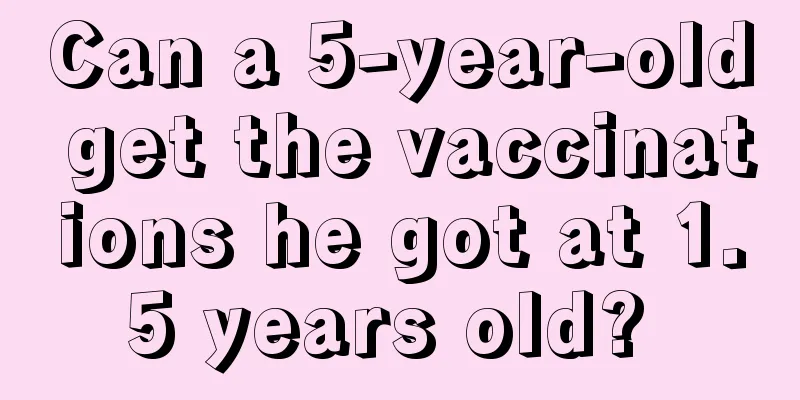Are there any symptoms after three months of high risk?

|
When a person's physical health is compromised, his life will also be affected. High risk is a cross-infection between people who do not pay attention to hygiene. Once high risk occurs, it will affect the life and health of two people. Therefore, after a high-risk event occurs, specific treatment must be given to kill the virus and bacteria, and the patient must recover after a certain period of time before returning to normal. Are there any symptoms three months after high risk? High-risk sexual behavior refers to behavior that can easily lead to HIV infection, that is, the exchange of body fluids with others, that is, other people's body fluids entering their bodies, or their body fluids entering other people's bodies. This includes unprotected sexual intercourse, multiple sexual partners, etc. Form approach 1. High-risk sexual behaviors through sexual contact include: unprotected sexual intercourse, multiple sexual partners, etc. 2. High-risk sexual behaviors through the blood route include: intravenous drug use; sharing syringes or other instruments that can pierce the skin with others; using untested blood or blood products. 3. High-risk sexual behaviors through the mother-to-child route include: HIV-positive women becoming pregnant and giving birth, and HIV-positive mothers breastfeeding, both of which may cause HIV infection in children. Other forms The ways in which blood transmission can occur include: unsterilized knives used for tattooing, hairdressing, piercing, beauty treatments, pedicures, etc.; sharing razors, electric shavers, and toothbrushes with other people; bleeding caused by sports injuries and fights; and contact of the rescuer's broken skin with the wounded's blood when rescuing the wounded. First, when HIV is actually infected. After entering the receptor, the virus first reaches the lymph nodes within 24-48 hours, and at this time the whole blood is infected. In fact, for a normal person, it takes only 6 hours to infect the whole blood. HIV replicates and reproduces rapidly in the blood. Around 6-15 days after infection, as the virus continues to increase in concentration, the average HIV RNA content in each milliliter of plasma can reach 100,000 to 1 million copies, and the replication speed is very fast. This period of time is when the symptoms you are concerned about appear. That is acute toxemia. That is the acute phase symptoms. It's caused by HIV fighting the immune system. Cause clinical symptoms. Most people have no obvious symptoms when they are first infected, so the symptoms are not of much reference value. If it really happens, I would only think that it starts from the second week or so, with a continuous high fever for several consecutive days, above 38, and the fever cannot be reduced by injections or medication. Finally, behavior determines the referential significance of symptoms. If you are not at high risk, then all symptoms are meaningless. As for the so-called symptoms given by the first two answers, I took a look and found that they are basically nonsense. |
<<: What are the symptoms of depression
Recommend
Are thyroid calcifications serious?
Are thyroid calcifications serious? For those who...
Emergency measures for shrimp allergy
Our country has a vast territory, with both ethni...
What should I pay attention to in my diet after rectal cancer surgery
The occurrence of rectal cancer is mostly related...
What's the matter with the itchy red spots on my body
If there are some red spots on the body and it is...
HIFU ultrasonic knife
Many people have not heard of the term "HIFU...
How to quickly find the sleeping point
To quickly find the sleep points, you need to fol...
What should I do if my fasting blood sugar is high? What is the reason?
Some friends find that they also show high blood ...
What is the effect of brown sugar tea water
Brown sugar tea water is the most suitable tea fo...
Ways to help you sleep and ensure a good sleep
At a time when many people suffer from insomnia, ...
What are the Western medicines for treating lung cancer?
Western medicine for lung cancer treatment is mai...
What is the reason for yellow saliva
Everyone has saliva, and a lot of it is secreted ...
Intravenous drip operation steps
Modern medical technology is developing very rapi...
What to do if your child is anxious before the college entrance examination
The college entrance examination is the most impo...
How to get rid of dandruff
Many people are troubled by the excessive dandruf...
Let me tell you about the early symptoms of cervical cancer
Cervical cancer is a relatively common gynecologi...









